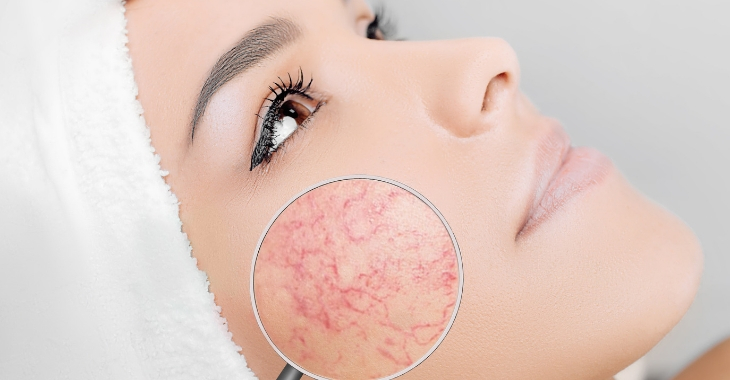5 Myths About Warts

From thumbs to toes and everything in between, warts can show up on the body and be a nuisance. Unattractive and sometimes painful, most people with warts would like them gone once they appear. However, if your grandmother told you to rub a raw potato on your wart to make it go away, or you think you must have touched a toad to get your wart, you may have been taken in by a few myths. Here are 5 myths, and some truths, about warts.
- Frogs and toads can give you warts. The warts that are on humans are different than the bumpy skin of a toad or frog. Feel free to pet the next frog you see – you will not get warts from our froggy friends.
- Warts are not contagious. If you have a wart, you can give warts to others. Warts are caused by a strain of HPV. It is a viral infection that can be transferred from skin-to-skin or mucosa contact.
- Warts are hereditary. This is not true. Warts are a virus- if your parents have this virus, there is a good chance you will get warts, but it is because they are contagious, not hereditary.
- Once removed, a wart is gone for good. Unfortunately, warts can grow back after they are removed. Plus, it can take several treatments to remove a wart completely.
- You cannot prevent warts. While nothing is fool-proof, using good hygiene and good sense can help prevent HPV infection. Warts can be spread at public places like gyms and nail salons – make sure the right sanitization methods are used to prevent spread of viruses like HPV. The HPV vaccine can also help prevent some, but not all, warts.
If you have a wart and want it removed, the best solution is to visit a dermatologist. While there is no cure for them, you can have warts safely removed by a skin specialist.
Posted on behalf of:
Medical Dermatology Specialists
5730 Glenridge Drive, Suite T-100
Atlanta, GA 30328
(404) 939-9220
The information provided on this website, including text, graphics, images, and other materials, is intended solely for informational purposes and should not be used as a substitute for professional medical advice, diagnosis, or treatment.

)